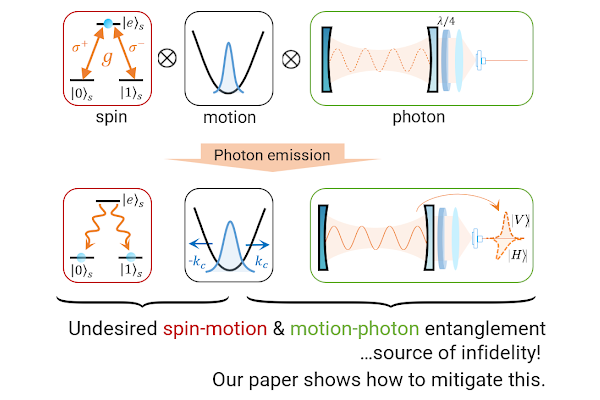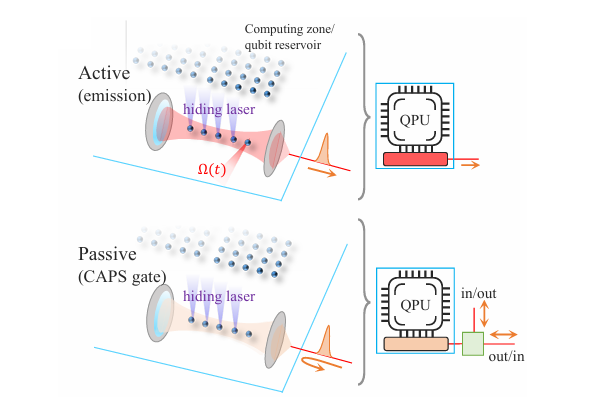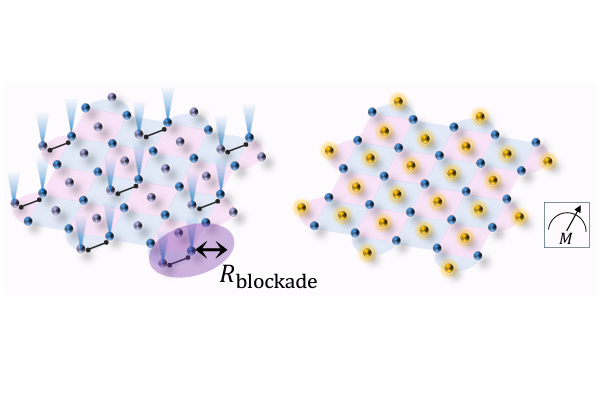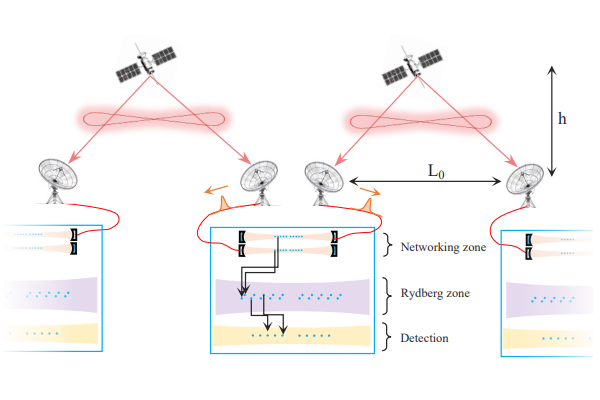Debottlenecking High Fidelity Entanglement Generation: Recoil Challenges

The full paper is available at: https://arxiv.org/abs/2502.14859
Researchers at NanoQT have recently uploaded a preprint to arXiv (arXiv:2502.14859), where they present a comprehensive theoretical framework to model and mitigate atomic-motion-induced errors, a significant challenge for high-fidelity quantum networking recently identified but not yet fully addressed. Building on the original NanoQT proposal using nanofiber cavity (PRX Quantum 6, 010101 (2025)), which emphasized fast entanglement generation rates, this paper complements it by addressing fidelity challenges. The outcomes provide clear guidelines for developing high-performance quantum interconnects that leverage nanofiber cavity systems.

Challenge in Quantum Interconnect: Recoil effect
Quantum interconnects serve as the essential “wiring” for scalability in quantum processing units (QPUs) and quantum networks, enabling qubits in different modules to be entangled over long distances, mediated by photons. Recent proof-of-concept experiments have successfully demonstrated the feasibility of distributed quantum computing, revealing that separate quantum processors can be interconnected to perform collaborative tasks [1]. Despite these advances, the entanglement generation rates remain in the few hundred Hz range, highlighting a considerable gap that must be bridged to achieve the 100-kHz to MHz-level speeds required for practical fault-tolerant quantum computing (FTQC) [2, 3].
Alongside a faster entanglement generation rate, the quality of the entanglement is equally crucial. Experimental efforts have successfully reduced infidelity to a few percent; however, further improvements are necessary to achieve sub-1% error, required for efficient quantum networking. While various sources of infidelity have been investigated in previous literature [2], the recoil effect—where the motion of an atom couples to the internal states of the atom and the emitted photonic states — has emerged as a significant source of infidelity [4, 5]. This research aims to bridge this gap by precisely modelling how the recoil effect influences cavity-assisted entanglement generation protocols and by providing concrete strategies to mitigate its impact.
Mitigation Identified Through a New Framework
The core insight of this work lies in the introduction of the kick operator model, which succinctly represents the coupling between atomic motion and emitted photons. This model unifies laser excitation, photon emission, and detection timing into a single formalism, providing a clear quantitative measure of how the recoil affects the performance of remote entanglement generation. It allows for efficient, numerically tractable evaluations of recoil-induced errors for various photonic encodings, such as polarization and time-bin schemes. To suppress motion-induced infidelity sufficiently below the 1% level, two key operational conditions emerge: (1) tuning the parameters so that the cavity decay rate exceeds the atom-photon coupling rate, and (2) near-ground-state cooling with motional quanta below 1. Furthermore, we find that finite temperature effects can be mitigated efficiently through detection time filtering, at a moderate cost to network speed.
Prospect of Nanofiber-Cavity based Interconnect
As a concrete example of high-rate, high-fidelity operations mediated by time-bin encoded photons, we demonstrate a time-multiplexed entanglement generation rate of a few hundred kHz while maintaining infidelity below 1%, using a parameter regime accessible for nanofiber cavity QED systems. This result offers a tangible route to bridging the gap between present-day implementations at a few hundred Hz and the significantly higher speeds needed for large-scale, fault-tolerant quantum processing, as presented in NanoQT’s perspective paper [3].
Summary
These results present a concrete recipe for suppressing the error of remote entanglement and scaling up cavity-based quantum networks, with wide-ranging applications ranging from fundamental research in atomic physics to the realization of scalable quantum networks. Our result is an important step towards the high-fidelity remote atom-atom entanglement generation at the 1% infidelity mark with fast cavity-based interconnects.
References:
[1] D. Main et al., Nature 638, 383-388 (2025).
[2] Y. Li and J. D. Thompson, PRX Quantum 5, 020363 (2024).
[3] S. Sunami et al., PRX Quantum 6, 010101 (2025). (Blog page)


